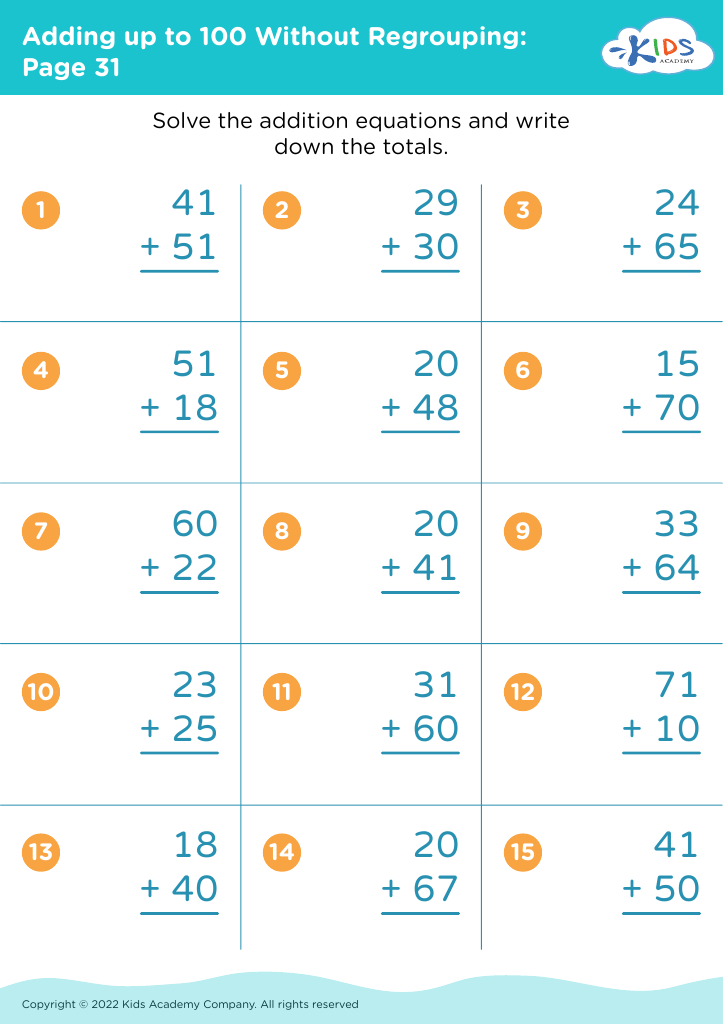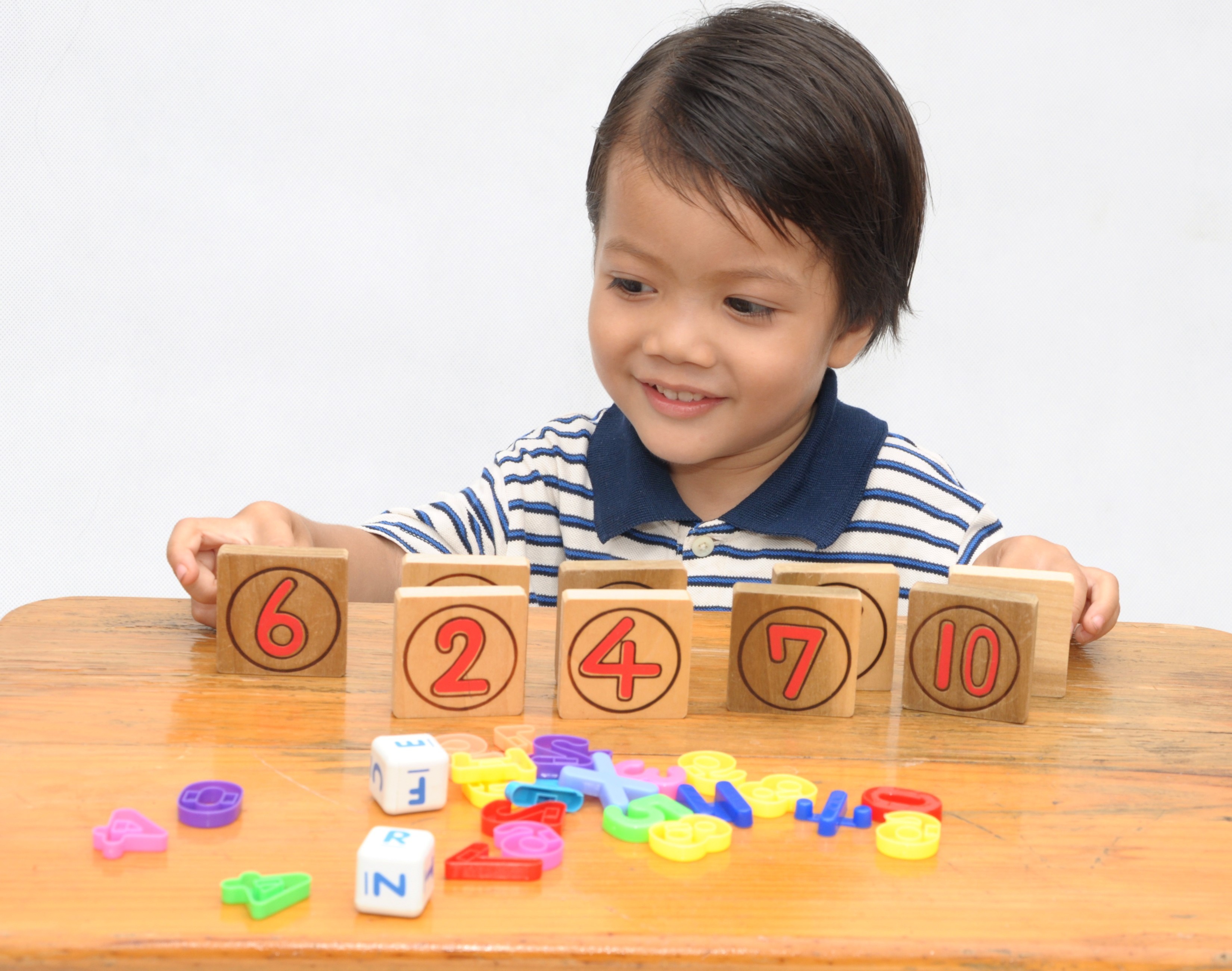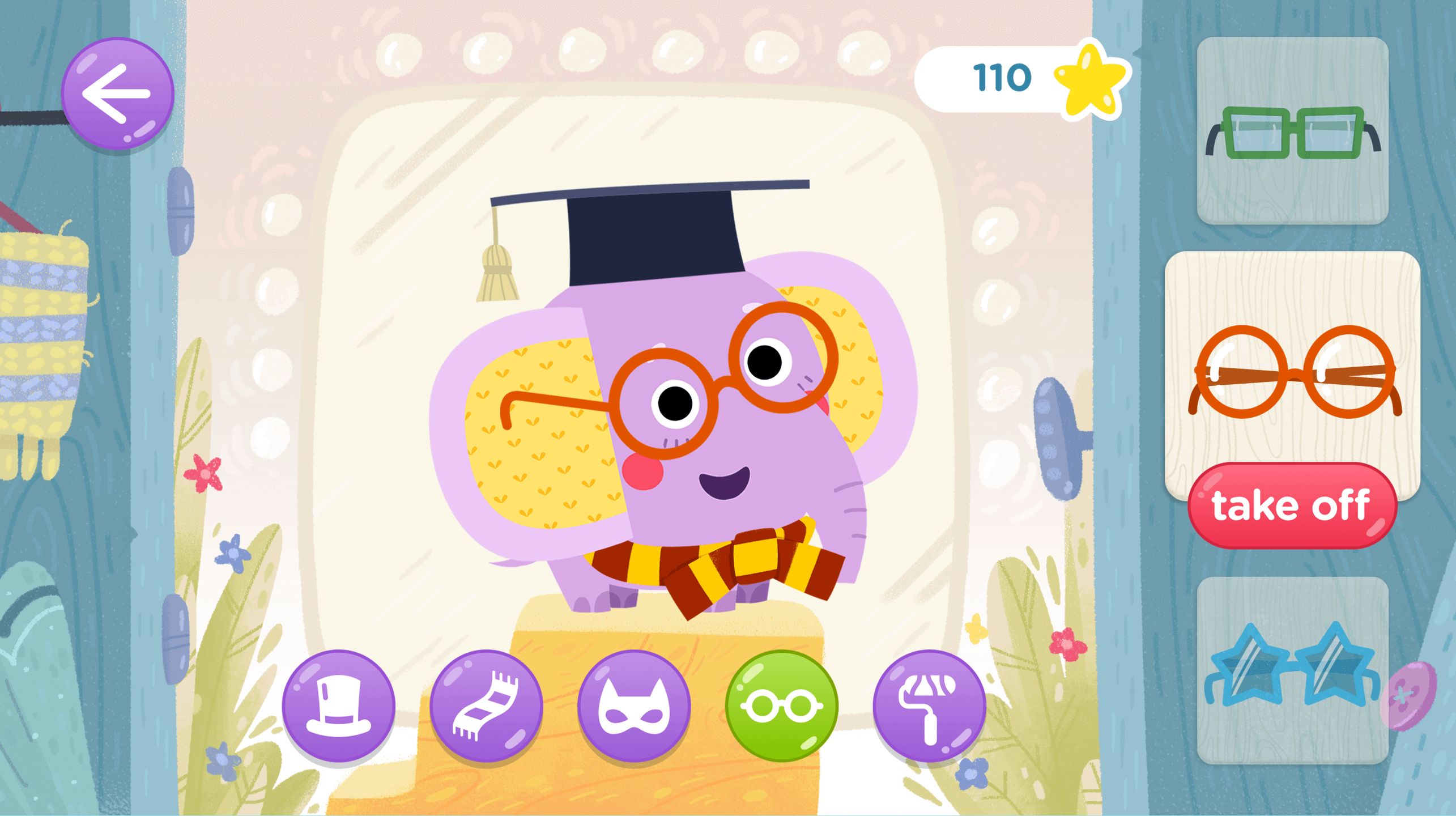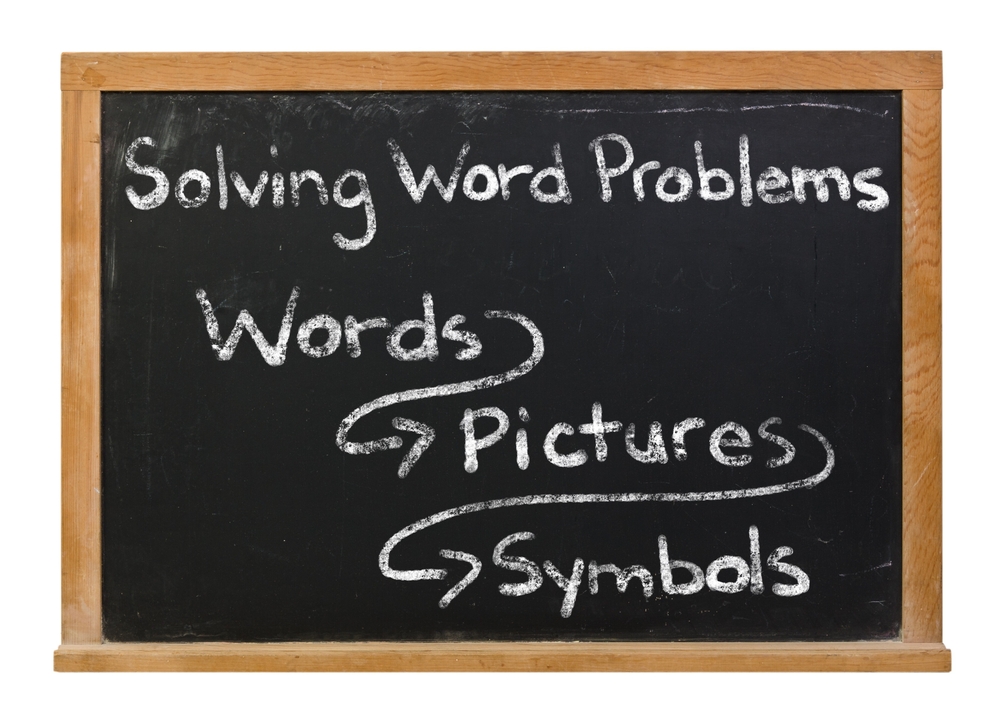Comparing lengths Addition & Subtraction Worksheets for Ages 6-9
3 filtered results
-
From - To
Discover our engaging "Comparing Lengths Addition & Subtraction Worksheets" designed for children aged 6-9! These worksheets provide a fun way to develop essential math skills by incorporating comparison of lengths into addition and subtraction exercises. Kids will enjoy measuring various objects and solving problems that challenge their understanding of length and dimensions. With colorful visuals and intuitive problems, these resources promote critical thinking and reinforce math concepts in a practical context. Perfect for home or classroom use, our worksheets make learning about lengths both interactive and enjoyable. Equip your young learners with the tools to improve their mathematical confidence today!
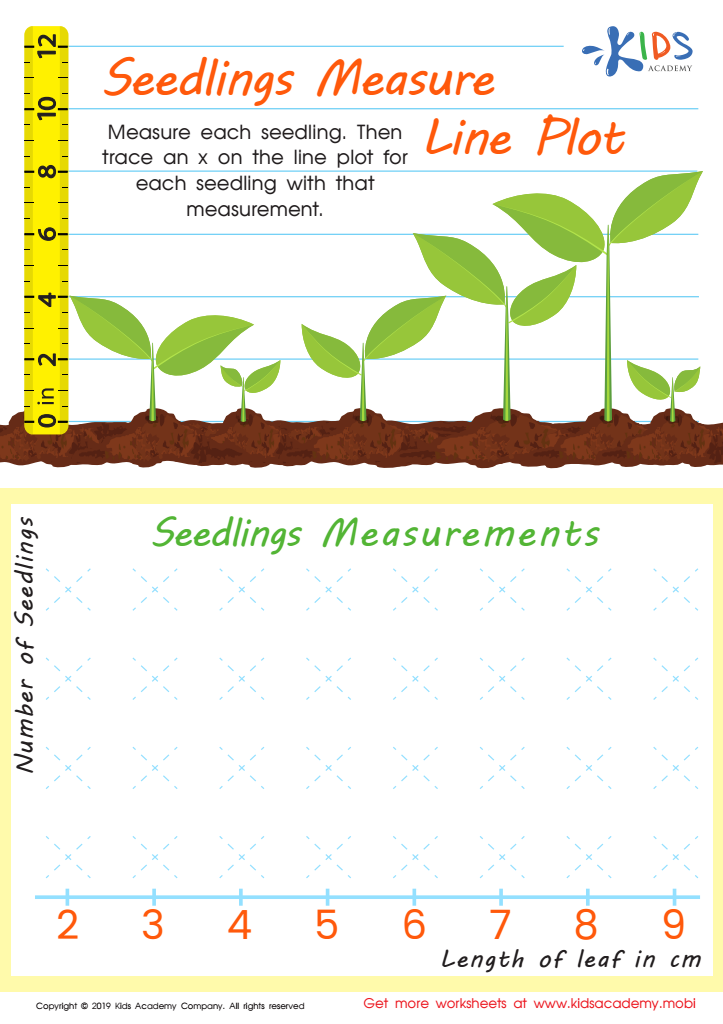

Seedling Measure Line Plot Worksheet


Measuring the Length of Plants Worksheet
Understanding comparing lengths, addition, and subtraction is crucial for children aged 6-9 as it builds foundational math skills. During these formative years, children are developing their ability to think logically and solve problems, skills vital for lifelong learning.
When children learn to compare lengths, they engage in measurement concepts that help them understand dimensions in their environment, whether it’s in art, building, or even everyday tasks like cooking. This skill fosters spatial awareness and critical thinking.
Furthermore, mastering addition and subtraction lays the groundwork for more complex mathematical concepts in the future. It allows young learners to grasp basic operations, develop number sense, and improve confidence in their abilities. These skills are not only applicable in math but also in real-world scenarios, like budgeting or planning activities.
For parents and teachers, emphasizing these skills supports a child's overall academic journey and readiness for the advanced mathematics they will encounter later. Moreover, when children discover the interconnectedness of comparing lengths with basic arithmetic, they become more engaged and enthusiastic learners. Encouraging exploration in these areas enriches their learning experiences and builds a strong foundation for their future educational endeavors.
 Assign to My Students
Assign to My Students
